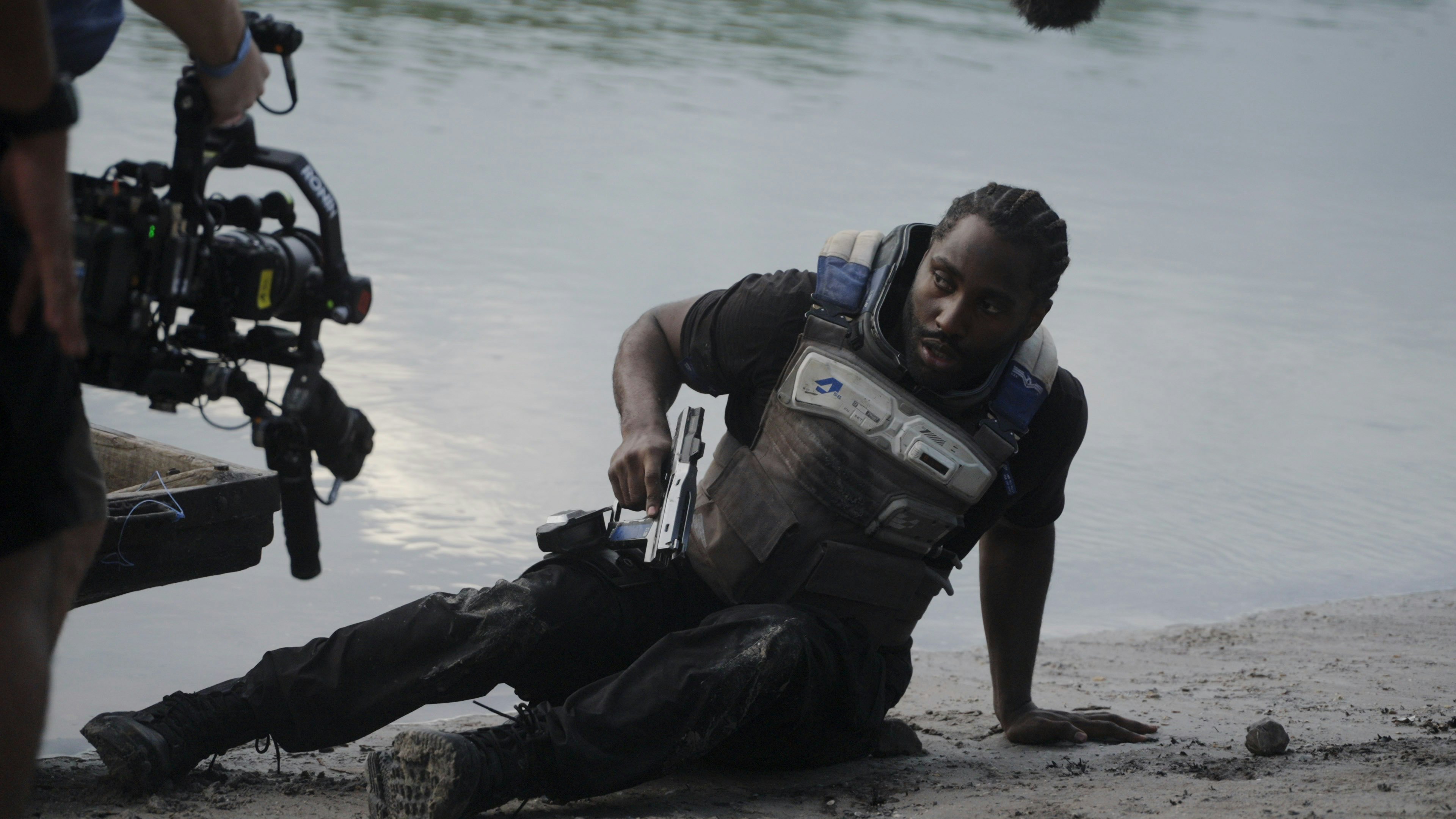
Gareth Edwards didn’t set out to change how blockbusters are made — it just happened to end up that way.
“I had no agenda for anybody else, but I definitely wanted to change how I made films,” The Creator director tells Inverse.
Edwards is careful not to name names, or even to speak to his own experience within the “Hollywood machine,” but when he opines on the state of blockbusters it certainly feels like a reference to his own career.
“Obviously, we went for ‘Go make it like an indie movie, but on steroids.’”
“I always scratch my head when they pluck up out of film festivals these amazing filmmakers who have done these stunning debuts,” he says. “And then they go and put them in the Hollywood machine and guess what? It comes out the other end quite similar to all the other things that have been made in the machine.”
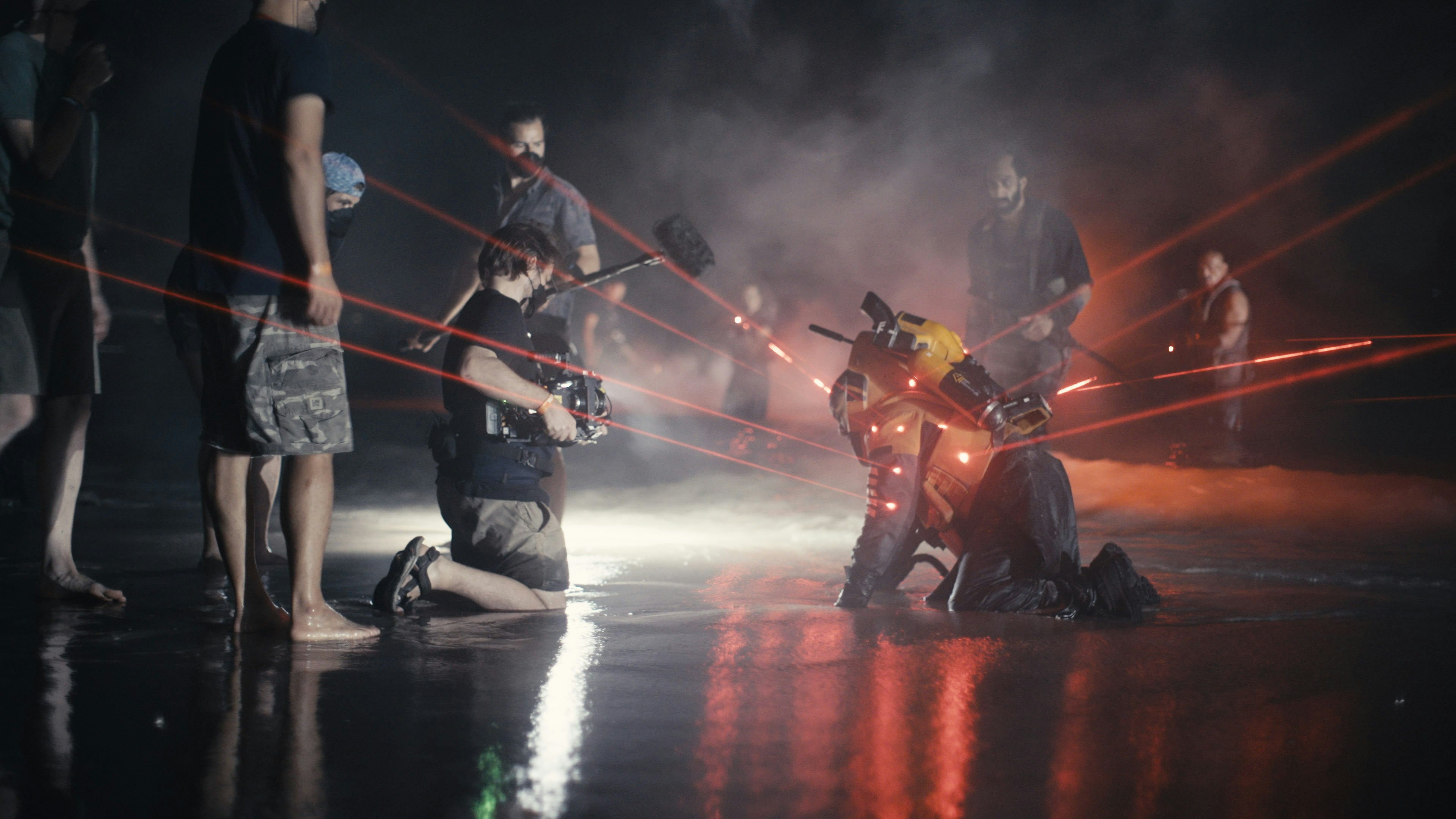
Like the hypothetical filmmakers he’s speaking of, Edwards earned acclaim for the indie sci-fi thriller Monsters, which earned him jobs directing Godzilla and Rogue One. But following the expensive production of his Star Wars spinoff movie, Edwards was eager to break out of the blockbuster machine that got him his big break. It would take seven years, but the result is the visually stunning original sci-fi epic The Creator, a movie that manages to look immense on just an $80 million budget. That’s minuscule compared to Rogue One’s $220 million, and certainly compared to Marvel and Disney tentpoles that can reach $300 million.
So how did Edwards do it? “Obviously, we went for ‘Go make it like an indie movie, but on steroids,’” he says.

The process Edwards used to make a blockbuster with an indie approach was well-documented as he hit the press circuit to talk about his newfangled strategy. But when Edwards’ team started production on The Creator in 2022, it was uncharted territory.
“It was really scary for us,” visual effects supervisor Jay Cooper tells Inverse. “From the jump, we all sat around a conference room table and we talked about the best way to get the maximum visual impact for the lowest dollar. And that’s not something we typically do.”
The normal process for VFX on a sci-fi epic like The Creator is this: the director and his team decide on their vision of the world so they can budget it. They shoot the film, and then the shots would go to the VFX team, who would bid the work against other VFX companies. But that’s not the process Edwards wanted. Coming from the VFX world, he knew the “frustrating process” when a client “gave you footage that wasn't quite right.” So instead, he worked backward. With The Creator, he waited “until you’ve got the shot and then you design the world,” Edwards says.
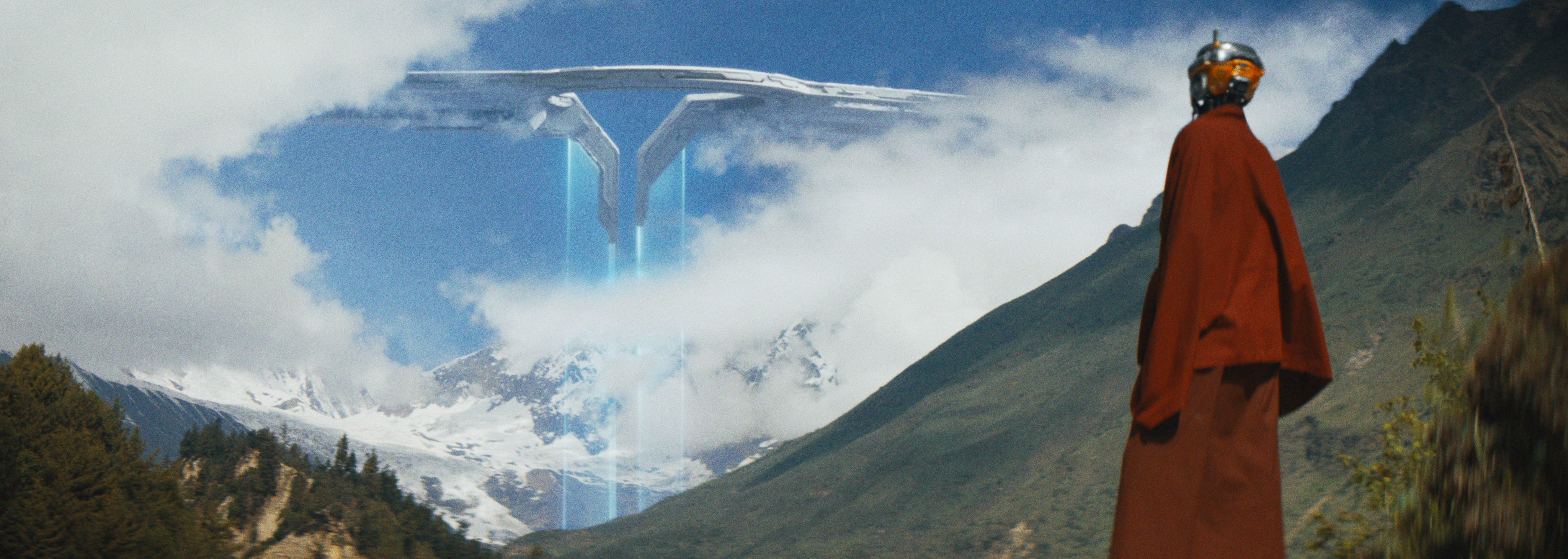
Edwards already had a perfect canvas in mind for his sci-fi epic: Southeast Asia. He fell in love with the region as a kid, comparing the experience of visiting Thailand to George Lucas watching Akira Kurosawa movies and recycling those concepts for Star Wars. “It blew my mind,” Edwards says. “It was the closest [thing] for me as going to another planet.”
“Southeast Asia marries those two things that George Lucas did so well,” Edwards adds. “You take the ancient past like spirituality and mythology, and you marry it with the far-future spaceships and robots.”
I didn’t have time to ask whether Edwards consulted cultural experts from these countries he was paying homage to, or whether equating a whole geographic region to a different planet was wise. But Edwards and his VFX team certainly did their research scouting out locations for the film, which ultimately shot in Thailand. Edwards and Roberts visited eight countries, including Nepal, Vietnam, and Japan, the influences of which you can see throughout the film.
“He wanted it to look different and exotic, but also incorporate the look of these fantastic locations in Southeast Asia,” Soffer says. “It was really trying to take what was already in the frame and futurize it and make it more exotic, but not to lose sight of the phenomenal locations that we started with as a backbone.”
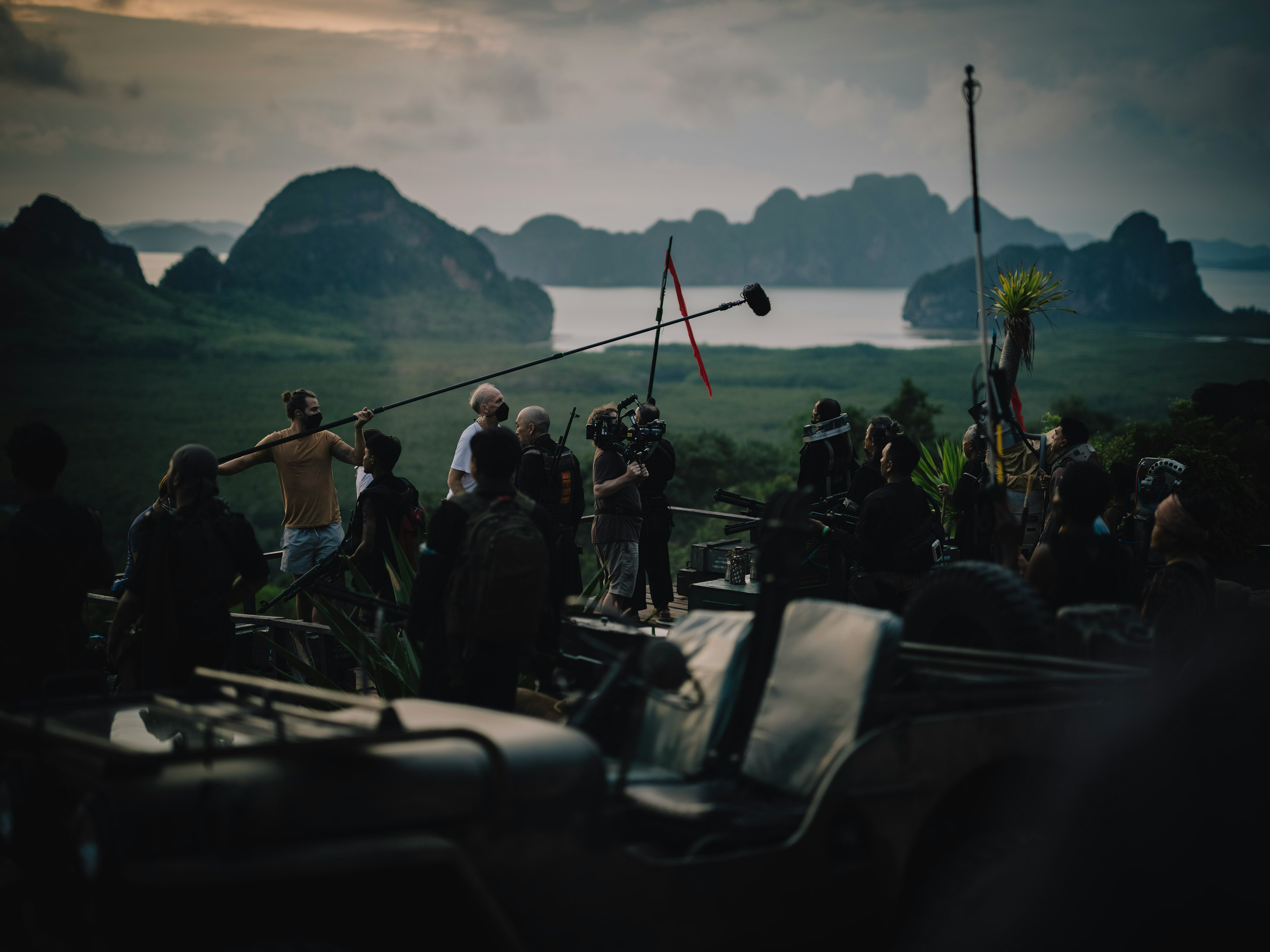
That’s when it fell on the film crew, led by directors of photography Greig Fraser and Oren Soffer, to ensure the beauty of those original locations was maintained through production and post-production.
“One of the dangers you have when you’re a film crew coming into a place or a space is that you can often, through your numbers or through your presence, basically strip away everything that you loved about it originally,” Fraser tells Inverse. “It becomes a logistical fight to keep ourselves rolling in such a way that we didn’t have a negative impact on the environment that we’re in.”
“Part of his original pitch to the studio was presenting this big world and this grandiose vision that was not compromised in any way in terms of scale.”
To keep costs and crew numbers low, the crew would employ guerilla filmmaking techniques and low-cost cameras like a Sony FX3, while Edwards would often step behind the camera to operate it himself. Also important was the minimal use of blue or green screen. “Gareth really didn’t want blue screen up,” Roberts says. “He didn’t want to obscure large sections of this beautiful environment.”
This required the VFX team to work more creatively. Soffer and Andrews’ teams were working to turn actors into robots “really late in the schedule,” often after the shot was already in and often when none of the actors were given facial tracking markers, which help VFX workers create their effects. Instead, Roberts and his ILM team worked with photo references, taking full 3D scans of actors to help their work. “That was very different from the way that we do other movies where we put half a dozen characters in the motion capture pajamas. That’s how the money was spent,” Soffer says.
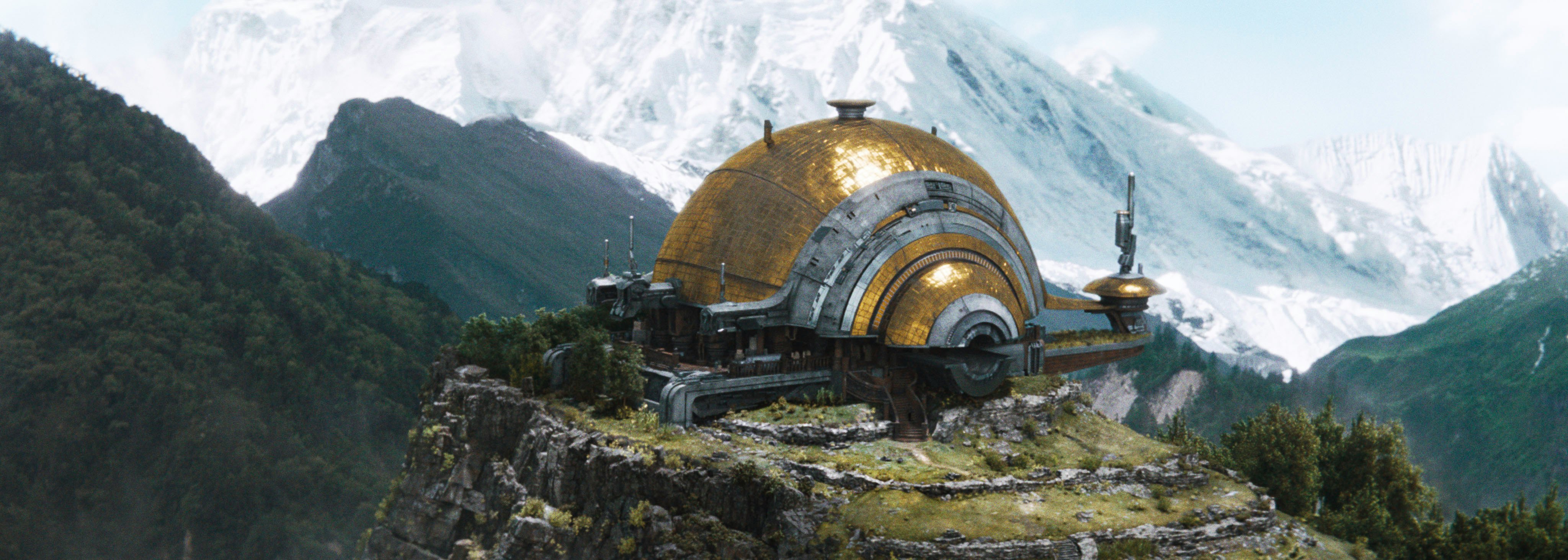
Other technology was integrated just as seamlessly. The Creator used The Volume, the large LED sets that act as a moving, interactive background. It was a technology Edwards and director of photography Fraser first used on the set of Rogue One, and which Fraser would bring to a new level in films like The Batman. The Creator takes it further still: unlike on some projects, the Volume’s use is virtually invisible.
“To give a peek behind the curtain, it’s mostly stuff in the third act that we shot on stage,” Soffer says. “But there’s some other stage work peppered throughout the film for various reasons, locations that we couldn’t get access to or that we couldn’t quite find the perfect space, so we had to build it. But hopefully you don’t notice which ones were real and which ones were artificially built.”
What’s the secret to making The Volume not look like a glorified green screen? “It should be used as a beautiful lighting source, things that you could never get ordinarily,” Fraser says. The problem, Fraser thinks, is that the technology has been “co-opted a little bit by schedule and budget.’”
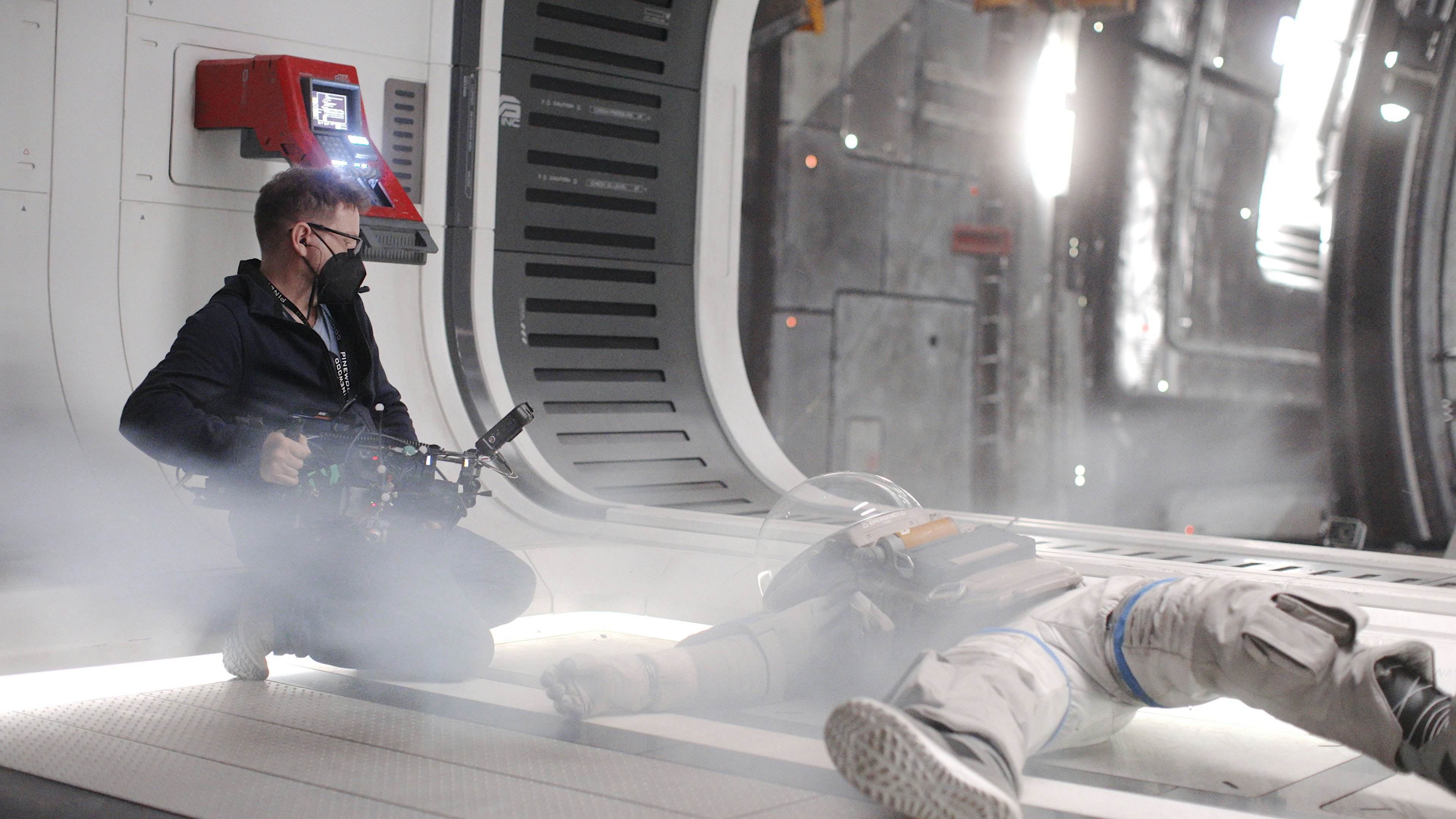
The Creator is the rare contemporary blockbuster to take advantage of on-location shoots and not fall back on the Volume as a crutch, something that’s becoming increasingly rare as movie budgets balloon and studios become more cautious about original ideas. But Edwards and his crew’s work on The Creator proves, at least, that a movie can be shot on location and not sacrifice that big-budget look.
“Part of his original pitch to the studio was presenting this big world and this grandiose vision that was not compromised in any way in terms of scale,” Soffer says. “Saying, ‘Hey, there’s another methodology, and there’s a different way we can approach this. And we can capture that same sense of scale, and size, and wonder of a film, but at a smaller cost.’”
“Whatever their voice was that got them so excited to have that meeting with them, let them keep their voice.”
Edwards doesn’t think this will change how blockbusters are made. But he has a “secret hope” that studios would begin taking chances on directors who want to work outside of the Hollywood machine.
“I would love studios to start not imposing the process on people,” Edwards says. “Whatever their voice was that got them so excited to have that meeting with them, let them keep their voice.”







